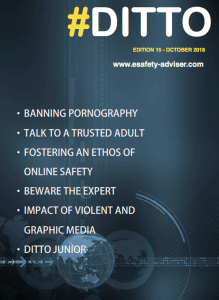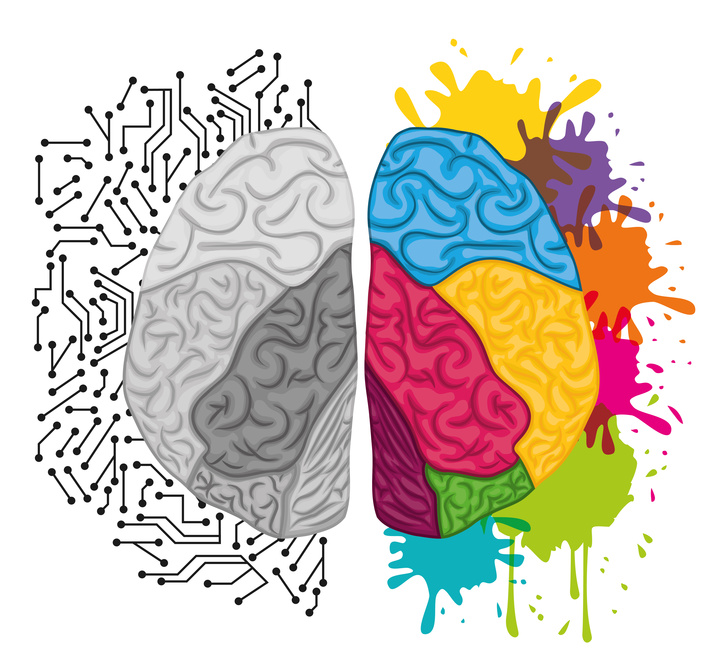[av_one_full first min_height=” vertical_alignment=” space=” custom_margin=” margin=’0px’ padding=’0px’ border=” border_color=” radius=’0px’ background_color=” src=” background_position=’top left’ background_repeat=’no-repeat’ animation=”]
[av_heading heading=’Why do young people take risks online?’ tag=’h1′ style=” size=” subheading_active=” subheading_size=’15’ padding=’5′ color=” custom_font=”][/av_heading]
[/av_one_full]
[av_one_full first min_height=” vertical_alignment=” space=” custom_margin=” margin=’0px’ padding=’0px’ border=” border_color=” radius=’0px’ background_color=” src=” background_position=’top left’ background_repeat=’no-repeat’ animation=”]
[av_textblock size=” font_color=” color=”]
“Risk taking is a natural normative process of development and cannot be shutdown or stopped.”

This blog post, written by Cath Knibbs, was originally in my #DITTO magazine, which is a free, half-termly online safety magazine for schools and parents. You can subscribe to this using the form at the bottom of the blog
Why do young people take risks online? More accurately I think it would be helpful to understand why young people take risks at all.
So to understand this I’m going to bring you into the world of a therapist for just a moment. One who looks at Interpersonal Neurobiology (Siegel 2012) which is a fancy way of saying I use Neuroscience and Cognitive Psychology among other theories to underpin my thinking around children’s behaviour. So to give you some brain basics I’m going to introduce you to the three parts of the brain that are connected and work together. I teach this to young children so hopefully this will be easy to understand.
In line with Evolution theory we were once small organisms in primordial soup. Since then we’ve gone on to become intelligent thinking human beings and in line with evolution our brains evolved in a similar way. In short we have what Carl Sagan called the reptile brain, the monkey brain and the human brain, or Paul Mclean calls the Reptile, Mammal and Neocortex systems. When I teach this to the children I talk about a Gecko, puppy and a wise old Owl.
The gecko is our most primitive part of the brain and tends to run away from things and I don’t know of any gecko that talks, so this is part of the brain does not have any language.
Above the gecko is a puppy who often reacts to the world around it and may bark and runs round through excitement or fear. Again I still haven’t met a puppy that talks and so this part of the brain does not have language either. However this part of the brain is curious and likes to explore without thinking.
Above the puppy and the gecko sits a wise old owl. The wise old owl tends to tell the puppy and gecko what to do, such as “maybe don’t stick your nose on that hot fire puppy?” When the gecko runs away all of a sudden or the puppy runs towards (noisily usually) the owl tends to fly away and so the thinking part of the brain is no longer available to calm the puppy/gecko or to reason with them.
In terms of brain development we are looking at a primitive part of the brain whose focus is to run away from danger, the emotional part of the brain whose focus is to run towards safety and care and finally the thinking and reasoning part of the brain whose focus is to help us make sense of the world around us including our internal environment (body information) using the communication from the two systems I mentioned (puppy/gecko).
The wise old owl section of the brain has a very important part at the front just behind the eyes called the pre frontal cortex (PFC). In the prefrontal cortex this is where, similar to a computer, we take incoming information and we process, rationalise, and execute commands which result in our behaviours.
Now what does this have to do with risk taking? Adolescence, which occurs around the same time as puberty is about brain development from the ages of approximately 12 to 25! The brain undergoes a process called pruning and, most importantly for this blog, the way in which we change our thinking patterns occurs during this stage. This is known as hyper-rational thinking. What this actually means is the adolescent uses a mathematical skill, and uses their supercomputer, the pre-frontal cortex to assess the likelihood of something not happening.
For example, the likelihood of stealing a pencil sharpener from the teachers desk and being caught in the act is less if there are no children or teachers in the classroom. However, there is much more of a chance of being seen, caught or found out if there are students or other people present. An adolescent may look at this scenario and having previously taken a pencil sharpener from the desk and not been caught doing so, may rationalise (guess) the chances of this happening again are approximately the same.
Another example might be a child riding a bike downhill without a helmet, surviving a fall and being okay, and rationalising the chances of it happening again are in their favour.
As an adult reading the few examples I wonder if you used your critical thinking skills, and you worked out the risks which may have looked like the following sentence:
”Yes but, that doesn’t necessarily mean it won’t happen!?”
This is because, as an adult who has successfully passed through adolescence, we can work out what the risks might be, could be, have been, or we have indeed seen, or imagined. We also add to this the consequences of these mights, could’s and/or possibilities. In short we as adults are able to see events and consequences and how those consequences can affect us and others around us. This occurs in our prefrontal cortex and only happens with maturity or a heightened sense of fear.
Adolescents do not necessarily think this way until they are fully mature (25 years of age). The prefrontal cortex in adolescence is less effective at processing: consequences, delayed gratification, inhibition, self-awareness, meaning making, integrating information, morality, communication, emotional regulation, reasoning, empathy, judgement and a few more processes including remembering to do their homework, picking up their shoes and their sleeping habits. This essentially means that during this time children and young people may take enhanced risks such as visiting websites or apps that they have been told are dangerous, or too young to visit, or are “banned”, or they may take calculated risks such as watching a video they know is scary in order to assess their tolerance level for fear.
Risk-taking online provides much more of an opportunity for the hyper rational thinking adolescent to test their new boundaries, and in turn they may develop more resilience or more harm. In order to help manage these risks online we can use critical thinking skills and conversations rather than shock tactics to educate and inform young people so that we support the rational thinking and in doing so create an environment both internally for the young person and externally online.
This can help children and young people make educated choices and can reduce the number of enhanced risks and create a levelled calculated risk. Risk taking is a natural normative process of development and cannot be shutdown or stopped, however, it can be guided and using the etymology of the word ‘discipline’ can be taught. We as the adults can be master craftsman and children and young people may not even be at the apprentice stage in terms of learning and mastery and this falls within our remit as the elders of society to help educate and inform and to also be there when the risks have been taken and the consequences have not fallen in favour of the child or young person.
Cath is a mum, author, clincial PhD researcher and consultant, cybertrauma theorist, MSc child/adult trauma therapist UKCP, BACP (accred).
You can contact Cath on her website or via Twitter
Web: www.cybertrauma.com
Twitter: @nibzy
[/av_textblock]
[/av_one_full][av_one_full first min_height=” vertical_alignment=” space=” custom_margin=” margin=’0px’ padding=’0px’ border=” border_color=” radius=’0px’ background_color=” src=” background_position=’top left’ background_repeat=’no-repeat’ animation=”]
[av_promobox button=’yes’ label=’Click for info’ link=’manually,https://www.esafety-adviser.com/onlinesafetypro/’ link_target=’_blank’ color=’custom’ custom_bg=’#4471c4′ custom_font=’#ffffff’ size=’large’ icon_select=’no’ icon=’ue800′ font=’entypo-fontello’ box_color=’custom’ box_custom_font=’#0a0a0a’ box_custom_bg=’#ffffff’ box_custom_border=’#4471c4′]
Online Safety Pro
Keeping up with the ever-changing world of online safety. A unique 1-day course for your online safety lead, including training for all your teaching and support staff, and your governors plus a new video every half term to keep everyone up to date.
Upcoming courses:
Lincoln 29th Nov 2018
London 3rd Dec 2018
Manchester 10th Dec 2018
[/av_promobox]
[/av_one_full]
[av_one_full first min_height=” vertical_alignment=” space=” custom_margin=” margin=’0px’ padding=’0px’ border=” border_color=” radius=’0px’ background_color=” src=” background_position=’top left’ background_repeat=’no-repeat’ animation=”]
[av_promobox button=’yes’ label=’Click to download’ link=’manually,https://www.esafety-adviser.com/latest-newsletter/’ link_target=” color=’theme-color’ custom_bg=’#444444′ custom_font=’#ffffff’ size=’large’ icon_select=’no’ icon=’ue800′ font=’entypo-fontello’ box_color=” box_custom_font=’#ffffff’ box_custom_bg=’#444444′ box_custom_border=’#333333′]
 Keep up to date with the latest online safety trends and advice.
Keep up to date with the latest online safety trends and advice.
FREE half-termly magazine for school staff and for parents.
[/av_promobox]
[/av_one_full]

